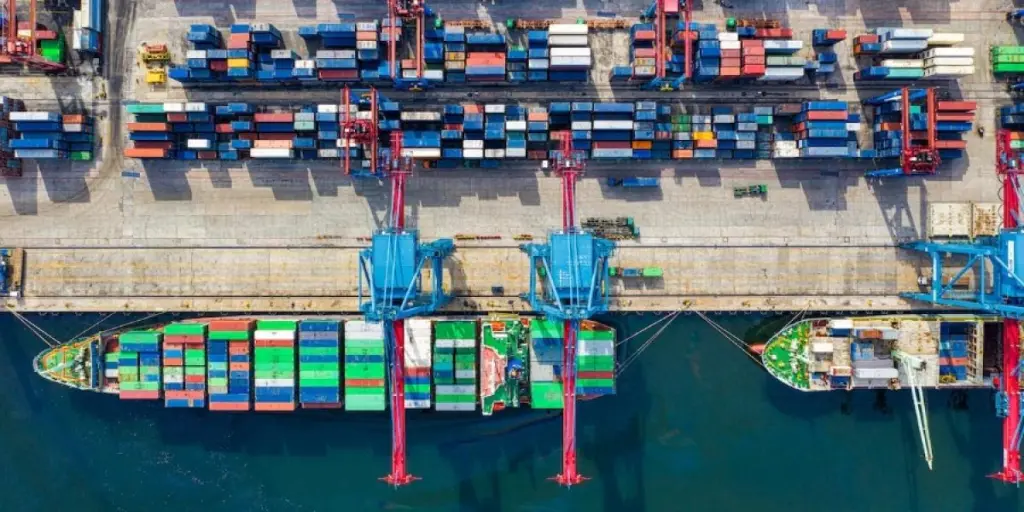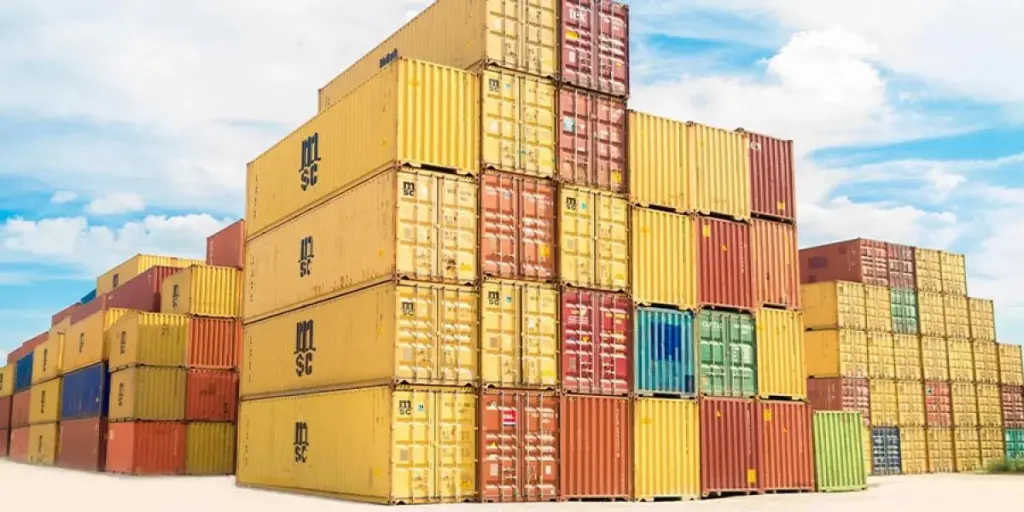We already know that the disruption of the global health industry and the tight social distance regulation imposed by governments throughout the world in recent years have created a negative impact on the global economy. As a matter of fact, in early October of 2022, the IMF updated the global economic growth forecast for 2023 to be lowered by 0.5% compared to 2022, expecting 2.7% instead.
Yet such an impact is particularly obvious for the logistics and supply chain sector which champions speed and timing due to all the long-term or intermittent major ports’ shutdowns or temporary closures in the past few years. While most importers and exporters find the growing backlogs and delays to be a nightmare, shippers of perishable and temperature-reliant items or some items that may likely require refrigeration have additional cause for concern. This is because these goods are not only extremely time-sensitive but also prioritize freshness above all.
Reefer containers are the closest answer to provide the importers and exporters peace of mind for these time and temperature-dependent shipments. Read on to find out what it is, how a reefer container works, its components, and types, its pros and cons, the tips for deployment, and the pricing levels.
Table of Contents
What is a reefer container?
What can I ship in a reefer container?
Types of reefer container
How does a reefer container work?
Advantages and disadvantages of a reefer container
Tips on reefer stowage
How much do reefer containers cost?
Conclusion
What is a reefer container?
A reefer container, often also known as a refrigerated container, is a container that maintains its cargo at a controlled, fresh temperature. Reefer containers are essential for the worldwide trade of both edible goods like food (vegetables, fresh fruits, meat, dairy products, and seafood, etc.) as well as inedible ones such as certain medicines and cosmetic products.
What can I ship in a reefer container?
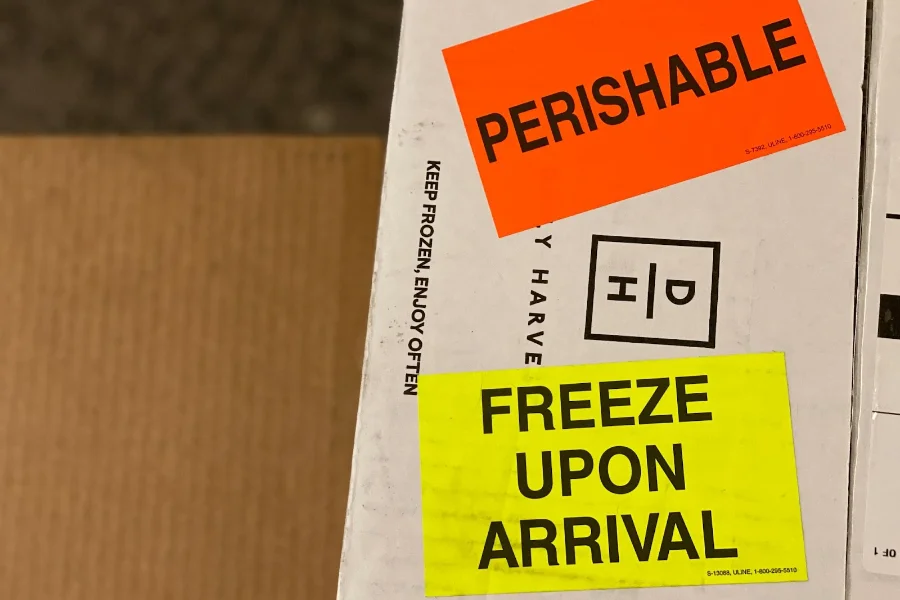
Although reefer containers are commonly used for food transportation, they are in fact being utilized to ship out many other types of goods. Practically anything perishable, anything that is temperature-sensitive or may be subject to temperature or gas changes is suitable to be stored inside the reefer containers. Let’s look at the following goods that are commonly stored in the reefer containers.
- Food & beverage: Dairy products, fruits, and vegetables, juices, wine, seafood as well as meat and poultry are some of the highly perishable food and drinks that must be kept at a controlled temperature and air level.
- Perishable products: Flowers, certain plants, and medicines as well as some cosmetic and beauty products.
- Specific equipment: Storage of equipment that comprises certain chemicals may be subject to certain temperature conditions. This is particularly relevant in relation to certain industrial machinery or even military equipment.
Types of reefer container
Reefer containers are generally divided in accordance with their respective temperature-controlled features and automation capabilities. Here are the three most commonly found reefer containers in the market:
- Closed reefer: Most common and basic type of reefer container, made of an integrated front wall and consists of an all-electric built-in cooling and heating unit.
- MA/CA reefer container: Modified/controlled atmosphere (MA/CA) is a step up from the closed reefer in view of its improved insulation feature, which is essential in creating a stable, consistent atmosphere to achieve the desired equilibrium that matches the content specifications. The constant environment is achievable by deploying an air exchange system to replenish the lost oxygen.
- AFAM reefer container: Automatic fresh air management (AFAM) reefer container, as its name implies, is fully automated including the airflow regulation. Fresh air supply rate adjustment is automatically achieved via different sensors. The shelf life of goods inside the containers is extended by exerting exact control over the compositions of oxygen and carbon dioxide. Such a fully automatic reefer container is perceived as the most advanced type in line with the advanced technology and high automation that comes with it.
How does a reefer container work?
Reefer containers are equipped with internal refrigeration and ventilation devices that regulate the temperature and airflow within the container. Air ventilation is an important function on top of the standard frozen and chilled feature, especially for the storage of certain fruits and vegetables, which are bound to release a gas called ethylene, which intensifies the ripening process. Such air ventilation can ensure proportionate and sufficient air circulation to prevent the overripening process.
On top of the cooling and air ventilation equipment, the flooring design of a reefer container fundamentally segregates it from other ordinary containers, for its floor features a T-shaped aluminum bar that is specially designed to allow airflow through the floor and therefore promotes air circulation to cool the cargo from the bottom, helps to keep a consistent temperature under the load. The cooling mechanism within the container repeats the entire process for continual fresh air flow.
The other two settings that are crucial to a smooth reefer container operation are the drainage and humidity systems. A drainage system in a reefer container helps to eliminate any waste piled up due to water accumulation, whereas the humidity system keeps the humidity level at a consistent, required standard in accordance with the cargo specifications. All these are made possible with the aid of a dehumidification system that reduces the amount of moisture in the air.
A generator set or a Genset is another typical component of a reefer container.It has to be connected to an electrical source and it can either run on fuel when it’s on a road transfer or it depends on the power supply of a ship during a sea cargo transfer. The clip-on Gensets attached to the side or front part of the container and the underslung Gensets that fit beneath the chassis of a container are the two types of Gensets used on reefer containers.
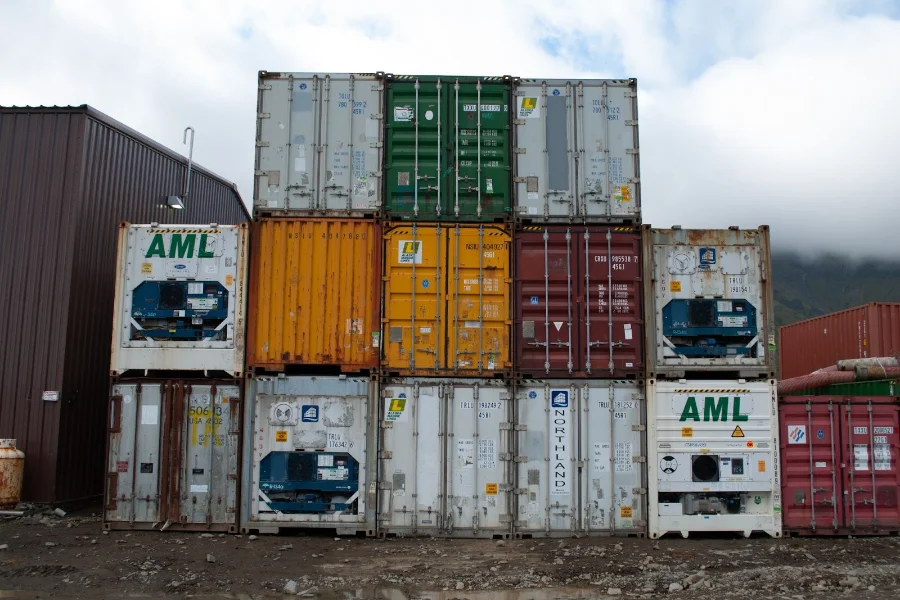
Advantages and disadvantages of a reefer container
Advantages of a reefer container
- Flexible storage: Reefer containers are available in multiple dimensions and sizes, making them suitable for a great variety of transportation options (air, sea, and land). Meanwhile, it is also possible to segmentize the reefer container into different partitions for the storage of diverse goods at multiple temperature settings, thereby allowing the housing of various products inside one single container.
- Flexible extension: Since a reefer container itself creates a fully equipped refrigerated environment and can store various kinds of products at the same time, cold storage arrangement is not needed when arriving at a destination. This provides a flexible shelf life extension for all types of freshness-prioritized goods.
- Flexible shipment: There is no restriction in terms of carrier choices as a reefer container can be shipped on different types of carriers since it is durable enough to work in various difficult weather conditions.
Disadvantages of a reefer container
- The LTL issue: Due to the various temperature and atmosphere requirements of different product shipments, less-than-truckload (LTL) shipping via reefer containers can be challenging as it can be hard to combine the different goods with the same requirement in a single container. This often resulted in higher costs, particularly considering the current higher demand for reefer containers as a result of a progressive revival from the previous few years’ global economic slowdowns.
- The equipment issue: Unlike typical dry containers which contain only minimal basic structures such as roofs and walls, the reefer containers have much more sophisticated refrigeration and air circulation temperature-controlled equipment. Common refrigeration equipment issues such as damaged condenser coils, coolant liquid or engine oil types of fluid leaks, or even blocked chutes, etc. can happen from time to time without a regular, timely maintenance schedule.
- The space issue: Another disadvantage of reefer containers is also related to their much more complex equipment system. Since all the insulation and refrigeration systems readily occupy a great portion of the interior space, its available space is significantly reduced compared to the dry containers. The thicker wall and smaller door dimensions due to the insulation nature also often add to the woes of its space limitation.
Tips on reefer stowage
Here are some tips to help make full use of reefer containers:
- Do prepare:
- To pre-cool the cargo if required. It’s important to keep in mind that the refrigeration system available on the reefer container is designed to maintain a specific temperature but not to alter the temperature of the shipment to an appropriate level.
- Check and preset the temperature, dehumidification, and ventilation settings according to the specifications of shipments.
- Make sure all the goods are properly packed and secured.
- Do avoid:
- Storing goods over the designated load line and any pre-cooling of the reefer containers except when it is in an airtight cold tunnel.
- Any potential airflow blockage must be properly dealt with, including checking up on the product to avoid overly tight packaging.
- Also, avoid keeping any gaps between the doors and the pallets. Instead, it must be sealed with cardboard or even wood to diminish the likelihood of continuous warm air circulation near the doors, thereby preventing airflow obstruction.
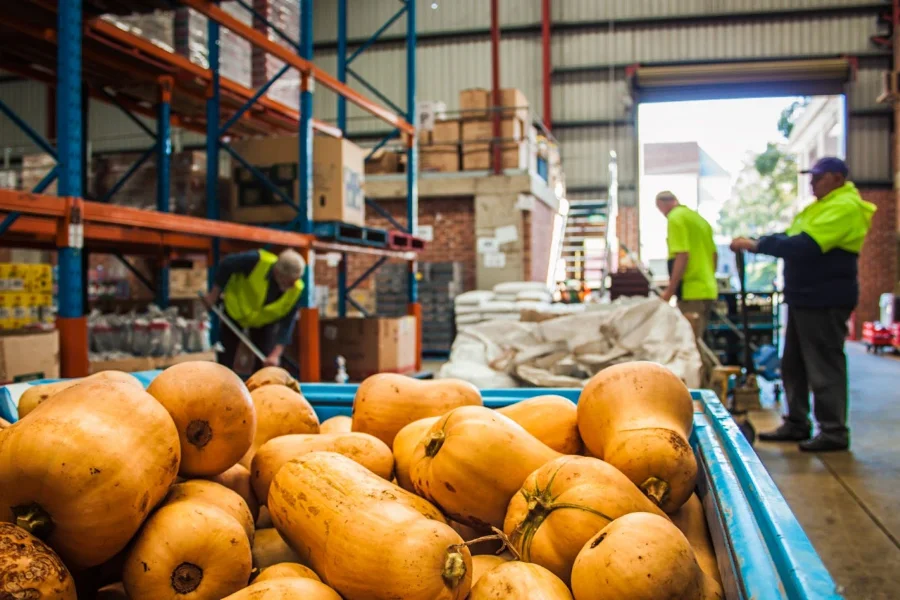
How much do reefer containers cost?
According to industry news, in the US, the difference between the freight costs for a 40 feet reefer container and a dry container of the same size used to be around $2500 in 2021, but the price gap between the two had subsequently risen dramatically to about 80% greater in 2022 to around $4300 instead.
This is in line with the global reefer container freight price index reported by the third quarter of 2022, which hovered slightly over $5000 per one 40ft size reefer container. Although the year-on-year growth rates of the overall reefer container rates in 2022 increased by around 50.4%, the rate increments of reefer containers are expected to slow down by 2023 based on the research provider specialized in the shipping sector.
Conclusion
The significance of reefer containers in assuring the delivery of perishable foods and all other temperature-sensitive goods has been thriving and growing in the wake of the global economic recovery that steadily boosts the logistical and supply chain demands. Therefore, it is unquestionably beneficial for wholesalers to have a thorough grasp of the definition of reefer containers, their relevant varieties, how they work, the essential components involved, their advantages and disadvantages, deployment tips, and the applicable market pricing levels. Visit Alibaba Reads periodically for a regular update of a plethora of fresh articles every week to stay current on logistics terminology and wholesale sourcing ideas.

Looking for a logistics solution with competitive pricing, full visibility, and readily accessible customer support? Check out the Alibaba.com Logistics Marketplace today.

